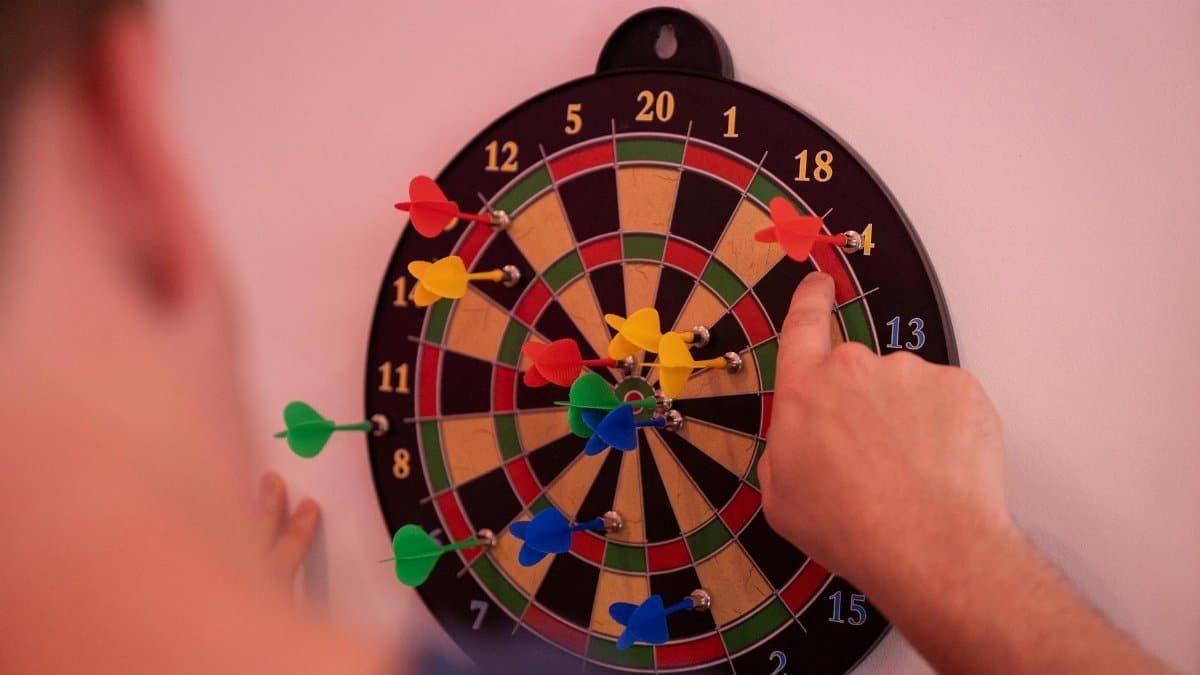Imagine a kitchen table transformed into a playground of curiosity, where a simple apple slice becomes a puzzle to unravel. Across the United States, parents are discovering the magic of mindful eating games for kids, turning rushed meals into moments of connection. These activities aren’t just about food—they’re about slowing down, engaging the senses, and teaching children to be present in a world that often feels like it’s on fast-forward. In homes from Seattle to Savannah, families are experimenting with playful ways to build healthier relationships with eating. This isn’t a passing fad; it’s a quiet movement rooted in the need to counterbalance screen time and overstimulation. With childhood stress and distracted eating on the rise, could these games offer a practical way to ground kids in the here and now? Let’s explore eight distinct mindful eating games that can help children—and their families—savor every bite.
1. The Five Senses Challenge

Start with a simple question: What does this food tell you before it even reaches your mouth? The Five Senses Challenge invites kids to explore a single item—say, a strawberry—using sight, smell, touch, sound, and finally taste. They might describe the fruit’s ruby glow, sniff its sweet tang, or listen for the faint crunch of seeds under their fingers. This game slows down the eating process, turning autopilot snacking into a deliberate act. A parent in a bustling Chicago suburb recently shared how her six-year-old, normally a picky eater, spent ten minutes marveling over a carrot’s texture before taking a bite. It’s not just fun—it’s educational. Research from the National Institutes of Health suggests mindfulness practices can boost attention spans in children, a skill this game subtly reinforces.
2. Guess the Ingredient

Turn a family dinner into a mini mystery. With Guess the Ingredient, kids close their eyes while a parent places a small bite of something on their tongue—a dab of honey, a pinch of cinnamon, a sliver of cucumber. The challenge? Identify it without peeking. This game sharpens taste awareness and sparks conversation as guesses fly, from the wildly wrong to the surprisingly spot-on. It’s a low-stakes way to introduce new flavors, too. Studies from the Centers for Disease Control and Prevention show many children resist unfamiliar foods, but gamifying the experience can lower that barrier. Laughter often erupts as a child insists that basil is “just weird grass,” making the table a place of discovery rather than dread.
3. Slow-Motion Bite

Speed is the enemy of mindfulness, especially at mealtime. The Slow-Motion Bite game flips that script by asking kids to take a single bite of food—like a piece of bread or a grape—and chew as slowly as possible, counting to 20 before swallowing. They’re encouraged to notice every shift in texture and flavor. Does the grape burst with juice right away? Does the bread get stickier over time? This isn’t just about dragging out a meal; it’s about rewiring how kids experience food. A report by Pew Research Center highlights how family meals are shrinking in duration, often squeezed by packed schedules. This game reclaims a few precious minutes, fostering calm in the chaos.
4. Color Hunt on the Plate

Before the first forkful, pause for a scavenger hunt. In Color Hunt on the Plate, kids scan their meal for every shade they can find. A green pea, a golden corn kernel, a creamy white dollop of mashed potato—each gets called out with glee. This game works especially well with younger children, who delight in naming colors while subtly learning to appreciate variety. It’s a gateway to discussing where food comes from, too. Why are carrots orange? What makes spinach so green? Tying into broader trends, data from the U.S. Department of Agriculture shows that colorful plates often mean more balanced nutrition, a lesson this game plants early. Plus, it delays the rush to eat, setting a thoughtful tone for the meal.
5. Story of a Snack

Every morsel has a journey, and this game brings that to life. In Story of a Snack, kids pick one food on their plate—maybe a slice of cheese or a handful of raisins—and imagine its path to their table. Was the cheese made on a farm with cows mooing in the background? Did the raisins start as grapes under a blazing sun? They can draw or narrate their story, weaving in as much detail as their creativity allows. This builds empathy for the effort behind food production, a concept often lost in today’s grab-and-go culture. It also ties into mindfulness by grounding kids in a broader context, encouraging gratitude for what they eat.
6. Texture Detective

Some foods snap, others squish—and kids can become sleuths uncovering those clues. Texture Detective challenges them to focus solely on how a food feels in their mouth or hands. Is that cracker rough and crumbly? Does the banana turn silky as they chew? They might even jot down or shout out adjectives—bumpy, slick, gritty—to describe each sensation. This game hones sensory awareness, a key piece of mindful eating games for kids. It also doubles as a sneaky way to tackle texture aversions, common in picky eaters. By focusing on description rather than judgment, children often warm to foods they’d otherwise push away, reframing “yuck” into “interesting.”
7. Silent First Bite

Quiet can be powerful, even at a noisy family table. The Silent First Bite game asks everyone to take their first taste of a meal in complete silence, focusing only on the food. No talking, no distractions—just the clink of a fork and the hum of thoughts. After a minute, kids share what they noticed. Maybe the soup was warmer than expected, or the pasta had a hidden hint of garlic. This brief pause cuts through the usual dinner chatter, creating space for reflection. It’s a small act, but in 2025, when distractions like phones and streaming dominate family time, carving out even a minute of stillness feels radical. The result? A shared moment that lingers beyond the meal.
8. Gratitude Roundtable

End on a note of connection with the Gratitude Roundtable. Before or after eating, each person at the table names one thing they’re thankful for about the meal. It could be the taste of fresh berries, the effort someone put into cooking, or even the funny shape of a noodle. For kids, this game ties mindful eating to emotional awareness, linking food with feelings of appreciation. It’s not uncommon for a shy “thanks for the pizza” to evolve into deeper reflections over time. This practice mirrors broader mindfulness trends sweeping schools and homes in 2025, where gratitude exercises are gaining traction as stress-busters. More than a game, it’s a ritual that can anchor a family’s day.
These eight mindful eating games for kids aren’t just playful diversions; they’re tools to reshape how children—and often their parents—relate to food. From sensory challenges to silent bites, each activity chips away at the hurry that defines so many meals today. They build habits of presence, curiosity, and even gratitude, countering a culture of distraction one bite at a time. Whether it’s a quick color hunt on a busy weeknight or a slow-motion chew on a lazy Sunday, these games adapt to any family’s rhythm. And in a world where connection often feels fleeting, turning the dinner table into a space of shared wonder might just be the simplest, most powerful step of all.
